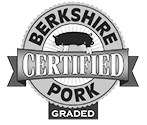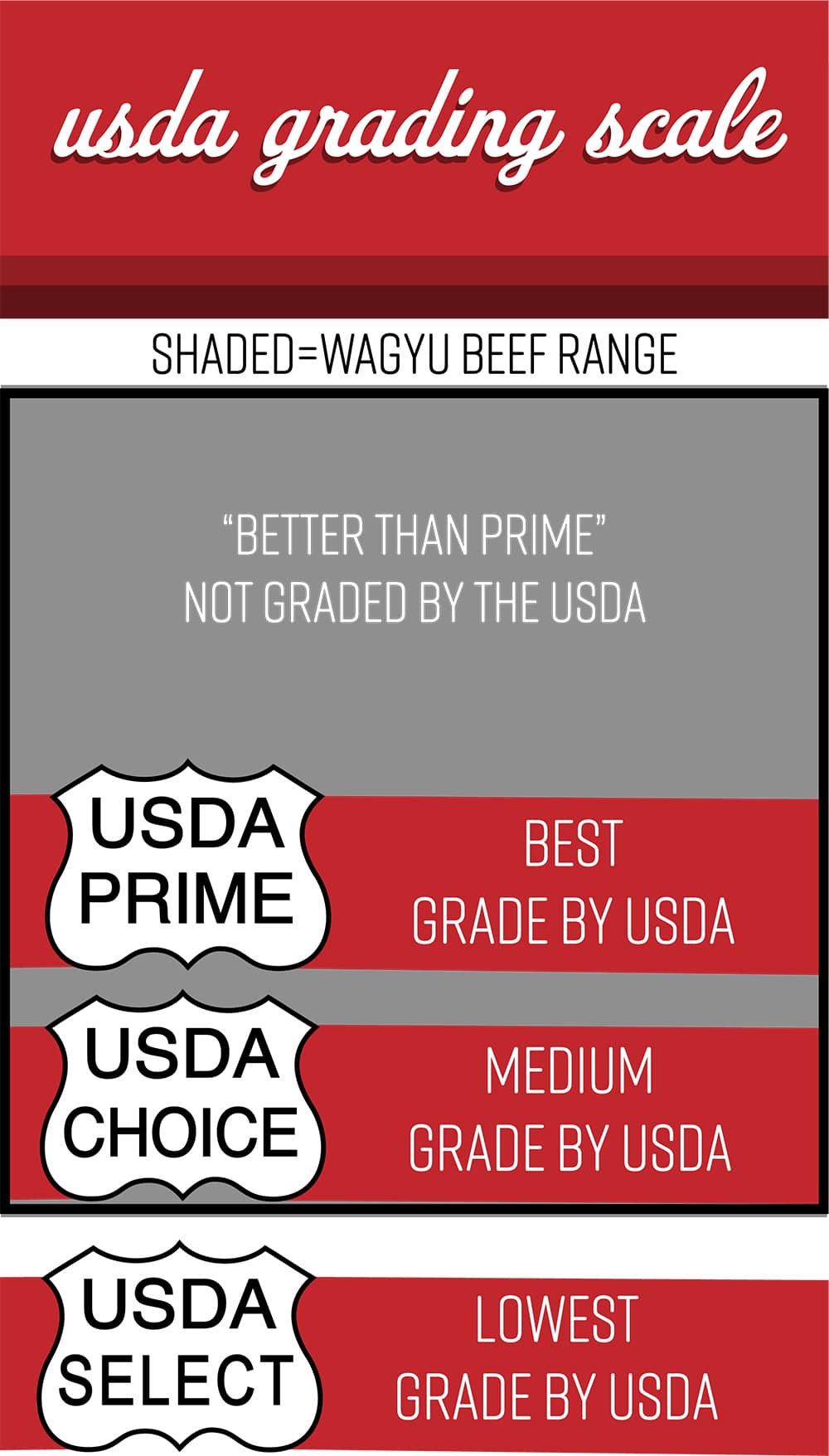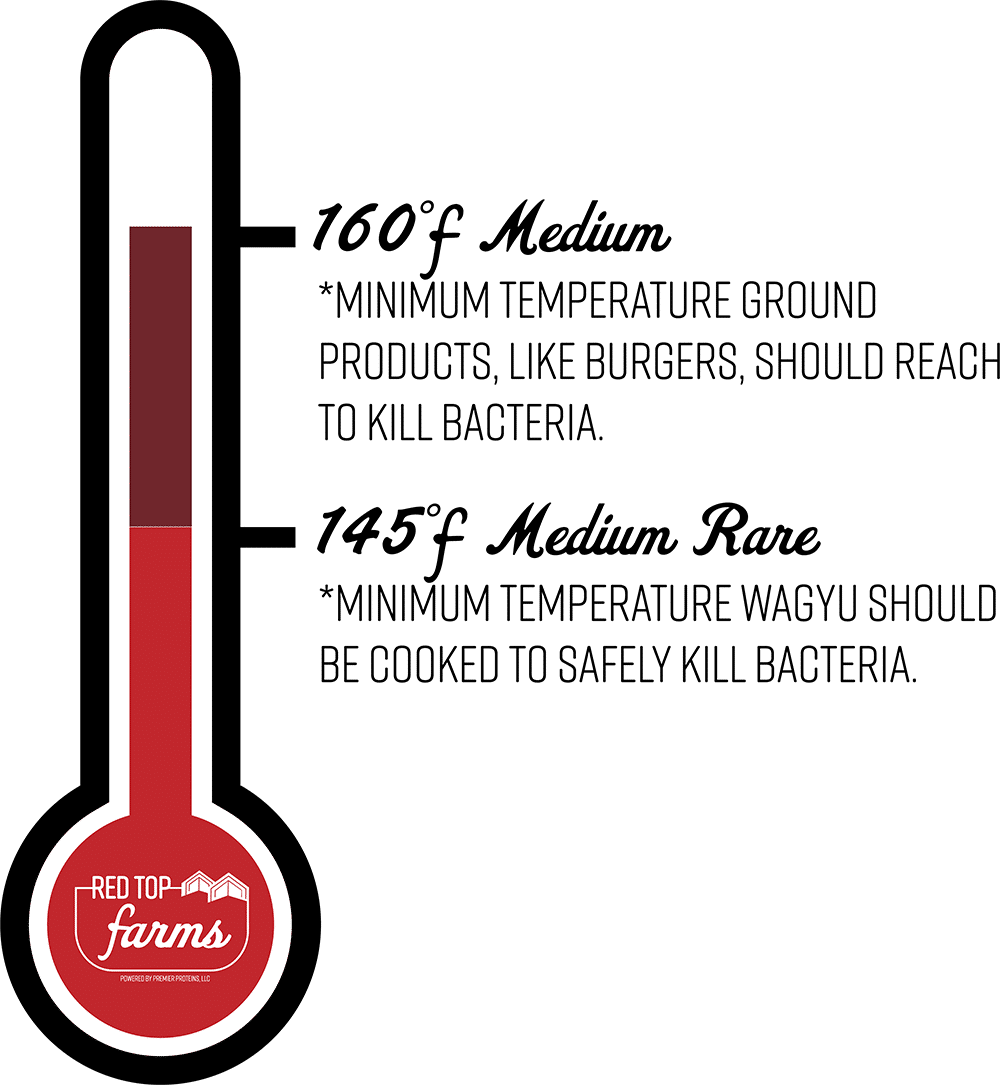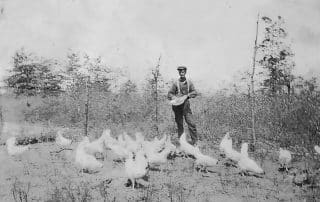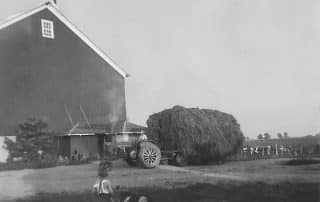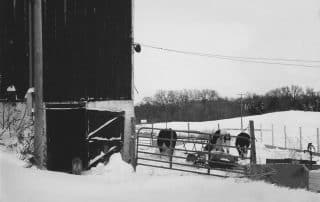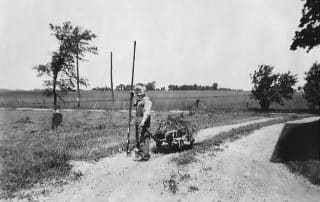
A prestigious breed known for their superior marbling, tenderness, and buttery flavor; Wagyu is a breed of cattle from Japan that first surfaced in the United States in 1975. Now you will find it in the finest restaurants around the world. Used to pull heavy loads in Japan, the breed was preferred for its stamina because of the breed’s unique ability to produce intra-muscular fat cells, also known as “marbling” (or what makes that steak extra tasty). The fine texture produces that tenderness we mentioned. The American Wagyu Association (which we are a proud member of) was founded in 1990 to register Wagyu Cattle and continues to develop a sustainable industry in the United States. The Japanese people find such great value in the Wagyu the government has banned further export of Wagyu cattle and declared the breed a national treasure.
Conjugated Linoleic Acid (CLA) is found in Wagyu at about 30 percent more than any other beef breed. Foods high in CLA have fewer negative health effects.* Fat generally has a negative connotation, which leads to expectations of lean red meat. However more and more positive research regarding Wagyu’s mono-unsaturated to saturated fat ratio continues to surface. Wagyu beef has been documented by Dr. Stephen Smith at Texas A&M to be a sufficient part of a well-balanced, low cholesterol diet and can help lower harmful serum cholesterol. Check out our wholesale Wagyu beef options.
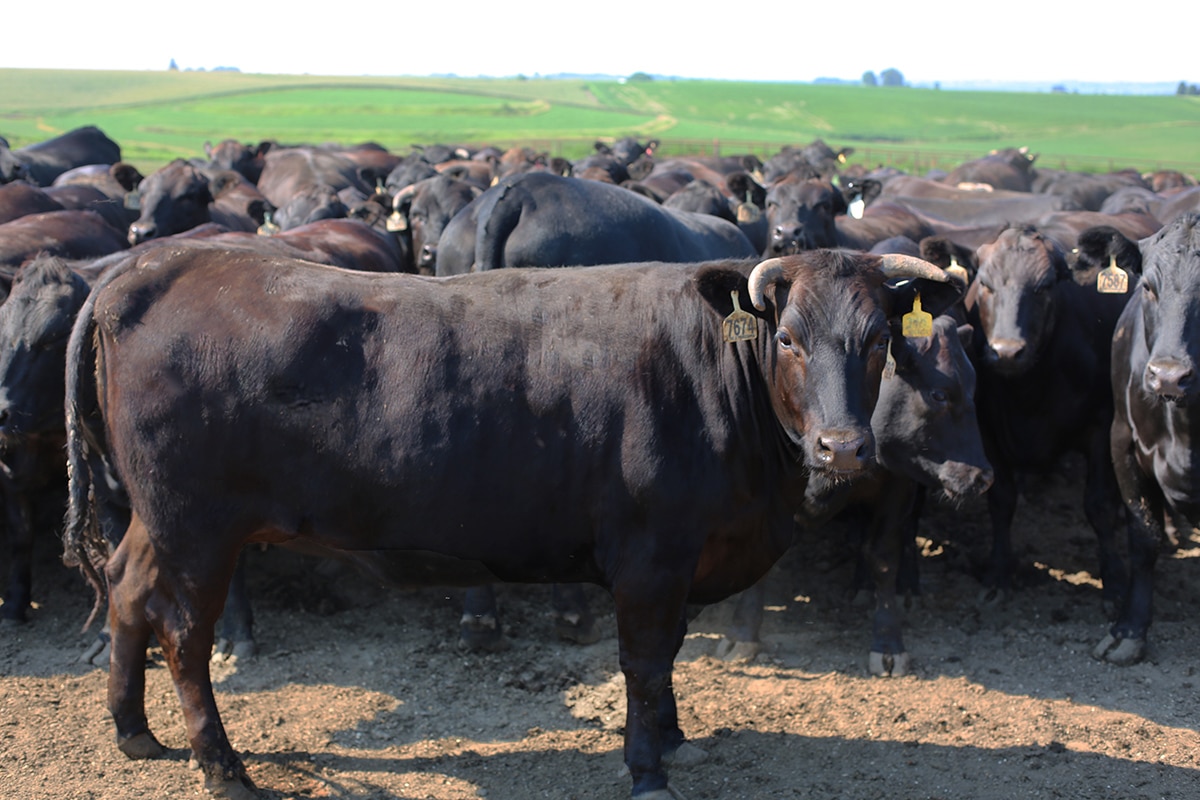


Let’s face it, most of us question if we are really getting the best when selecting beef.
Click on the following diamonds to learn the 4 key criteria to consider:
Let’s face it, most of us question if we are really getting the best when selecting beef.
Click on the tabs to learn more.




Let’s Up The Ante!
Yeah, we made our top-notch Wagyu Beef into some great staples of meat fandom. Sorry not sorry
Citations
-
-Information from: Foodsafety.gov. (2011, June 20). Chill. Retrieved June 15, 2018, from https://www.foodsafety.gov/keep/basics/chill/index.html
American Wagyu Association. (n.d.). What is Wagyu? Retrieved July 16, 2018, from http://wagyu.org/breed-info/what-is-wagyu/
-
-United States Department of Agriculture. (2011, October). The Color of Meat and Poultry. Retrieved June 27, 2018, from https://www.fsis.usda.gov/wps/wcm/connect/e8dad81f-f7fc-4574-893e-bae20cf8b215/Color_of_Meat_and_Poultry.pdf?MOD=AJPERES
-
-Cattlemen’s Beef Board and National Cattlemen’s Beef Association. (2018). Determining Doneness. Retrieved June 27, 2018, from https://www.beefitswhatsfordinner.com/cooking/determining-doneness
-
-United States Department of Agriculture. (2015, March 24). Beef from Farm to Table. Retrieved June 27, 2018, from https://www.fsis.usda.gov/wps/portal/fsis/topics/food-safety-education/get-answers/food-safety-fact-sheets/meat-preparation/beef-from-farm-to-table

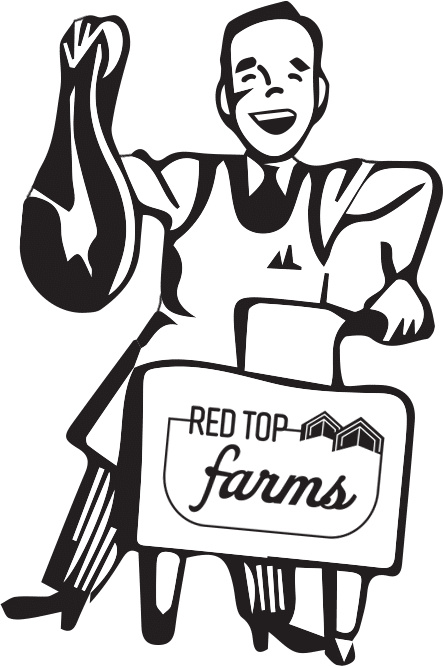
Phone:
816-628-0078
Email:
[email protected]
Mailing Address:
1 S. Platte Clay Way
#820
Kearney, MO 64060
Physical Address:
300 Sam Barr Drive
Kearney, MO 64060
Join Our Mailing List

